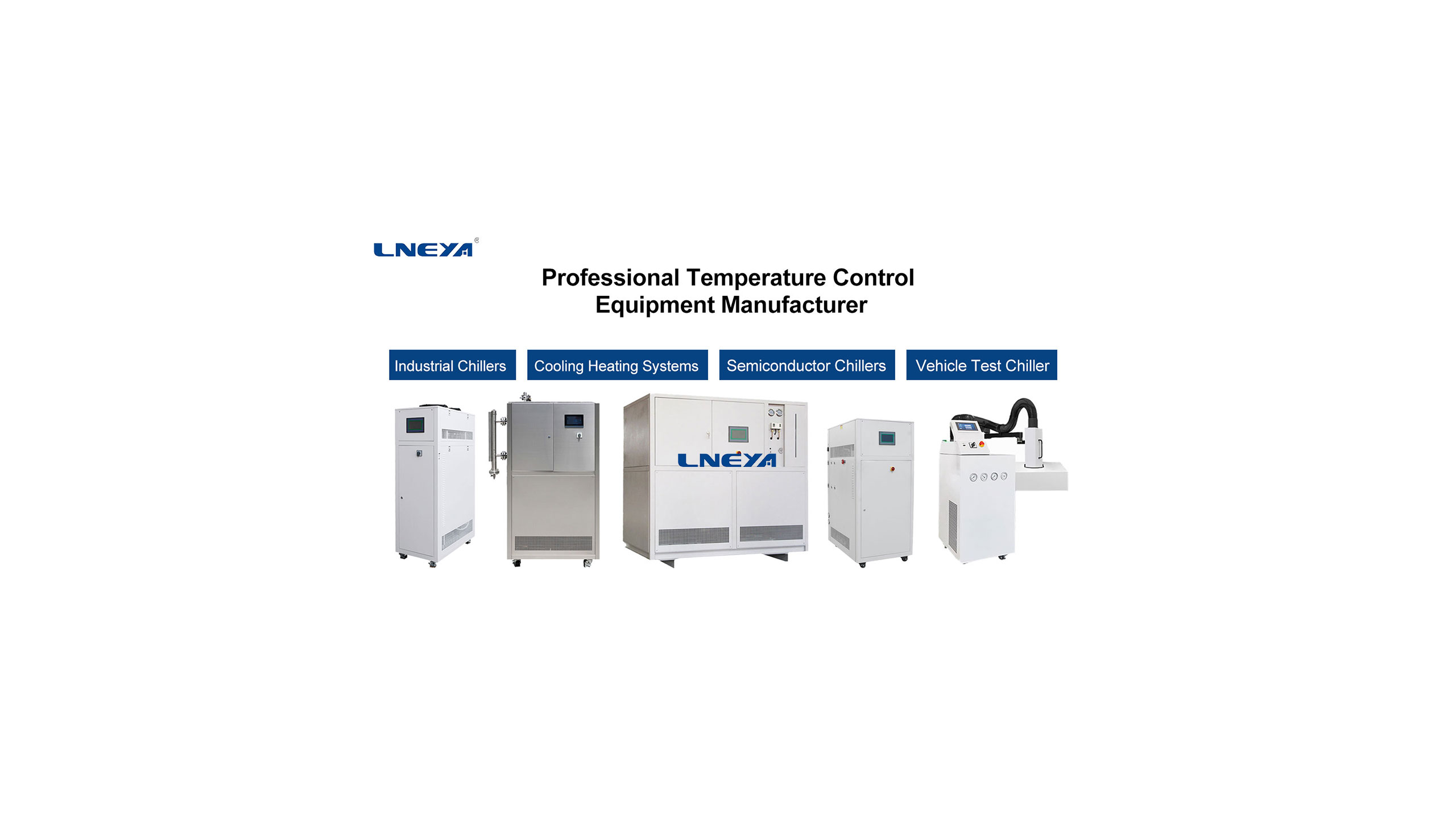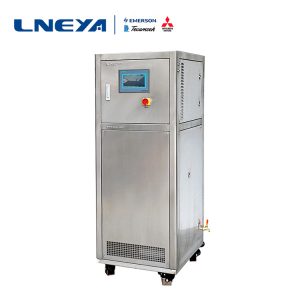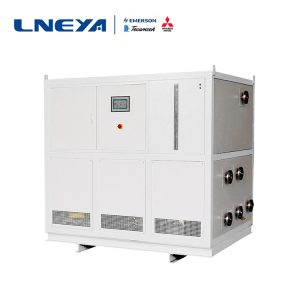Why is it dangerous to use an enamel reactor?

The enamel layer of the enamel reaction kettle is easy to burst when it is cold and hot. Because the enamel layer is sintered on the surface of the enamel reaction kettle, and the enamel layer will melt when it exceeds 200 degrees Celsius, so the temperature of the material in the kettle is not allowed to exceed 200 degrees Celsius, so the enamel kettle has a temperature resistance limit of 200 degrees Celsius, and the temperature resistance rapidly becomes cold. Shock <110℃, thermal shock <120℃. For example, the reaction temperature of the enamel reaction kettle is 160 °C, and the jacket of the reaction kettle is passed through the steam of 6-7 kg pressure. At this time, it is suddenly switched to the cooling water of 10 °C. The temperature difference exceeds 150 °C, the temperature difference is too large, and the enamel reaction kettle is very Easy to burst. This is the time to need a heating circulator, first use 80°C water to cool the material to about 100°C, and then switch to 10°C cooling water, which can greatly increase the service life of the enamel reactor. When the material is fed, the temperature difference between the material temperature and the kettle body temperature is too large, and the steam is too strong when heating, and the cooling is too rapid, which can also cause the porcelain to explode.
Typical applications of SUNDI series of LNEYA refrigeration and heating temperature control systems: dynamic constant temperature control of cold and heat sources such as high pressure reactors, double-layer glass reactors, enamel reactors, etc., constant temperature control of cold and heat sources of microchannel reactors; small constant temperature control systems, distillation systems temperature control, etc. High temperature cooling technology can directly cool down from 300 °C [because only the heat transfer medium in the expansion chamber is in contact with oxygen in the air (and the temperature of the expansion tank is between room temperature and 60 degrees), it can reduce the heat transfer medium being oxidized and reduced. Risk of absorbing moisture from the air.
Related recommendations
-
Typical application of refrigeration heating temperature control system
899LNEYA Dynamic thermostatic control of cold and heat source of high pressure reaction kettle, dynamic thermostatic control of double layer glass reaction kettle, and dynamic thermostatic control of cold and hot source of double-layer reactor. Micro...
View details -
Solution to the failure of the refrigeration and heating system of the reactor
1015When selecting the pipe material for the reactor refrigeration and heating system, you must pay attention to the connection of the pipe, the choice of the pipe and the material of the pipe. Because the pipe involves cooling and heating, you must r...
View details -
Cautions for Ultra-low Temperature Freezer
10281. Requirements of equipment environment: To keep the outside of cryogenic refrigerator clean and ventilated, it is necessary to keep the horizontal position of cryogenic refrigerator stable, and to ensure that there are no sundries around.2. Mana...
View details -
Analysis on the maintenance work of the screenless freezer
1395The screen-removing freezer is a kind of equipment used in industrial cold processing. The manufacturer of LNEYA screen-opening freezer reminds everyone that if the screen-removing refrigerator is used for a long time, maintenance work needs to be...
View details
 LNEYA Industrial Chillers Manufacturer Supplier
LNEYA Industrial Chillers Manufacturer Supplier












